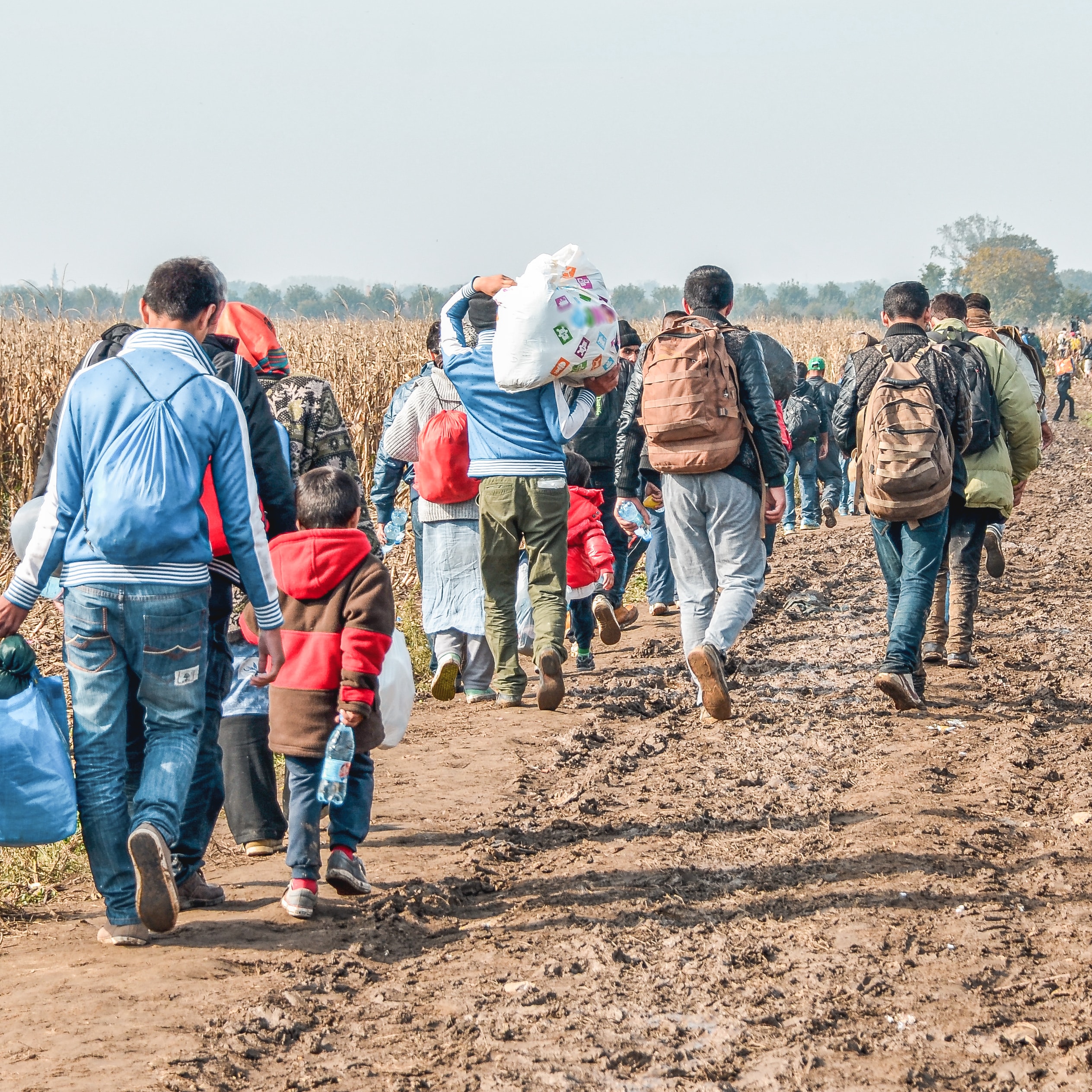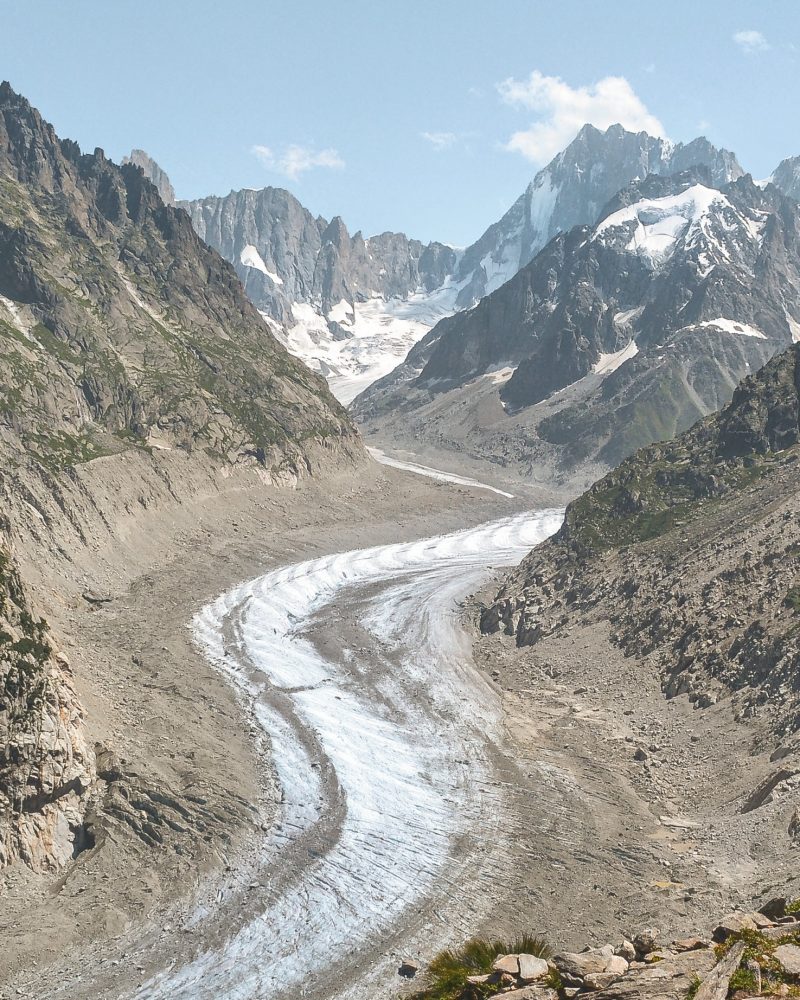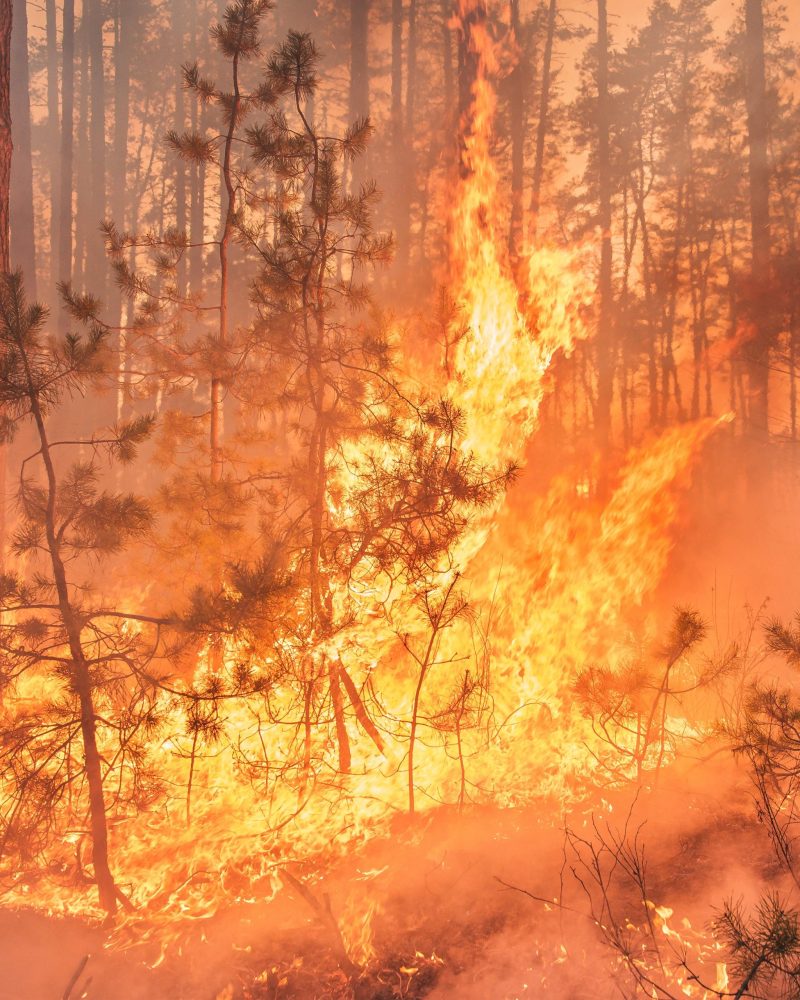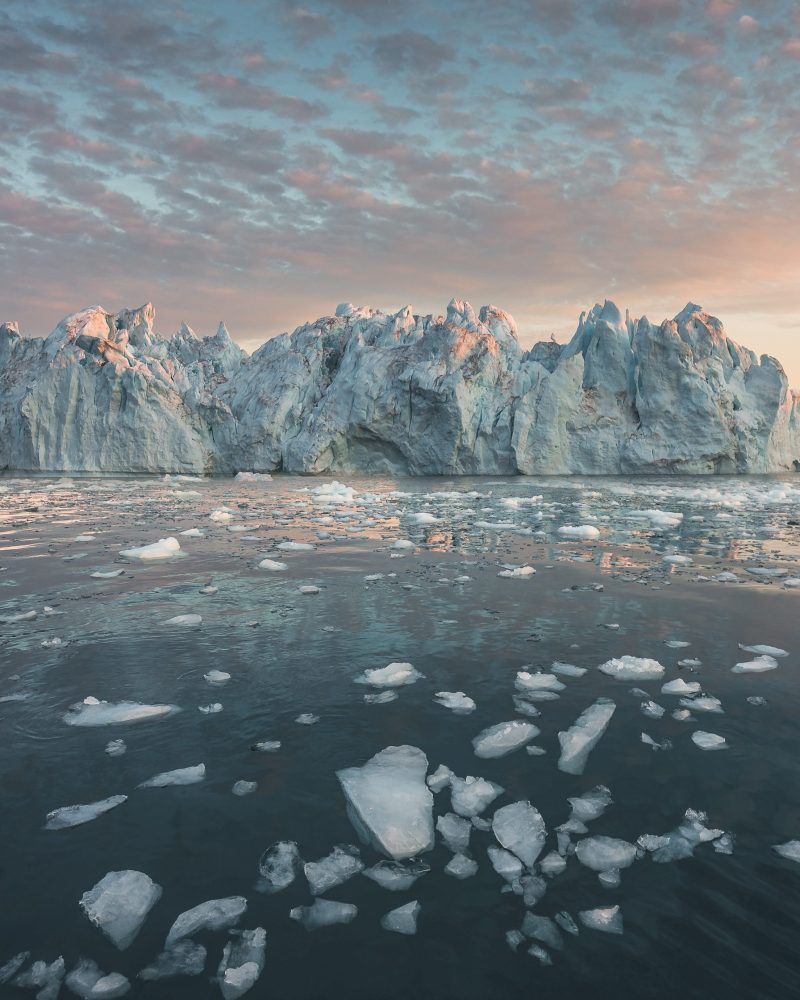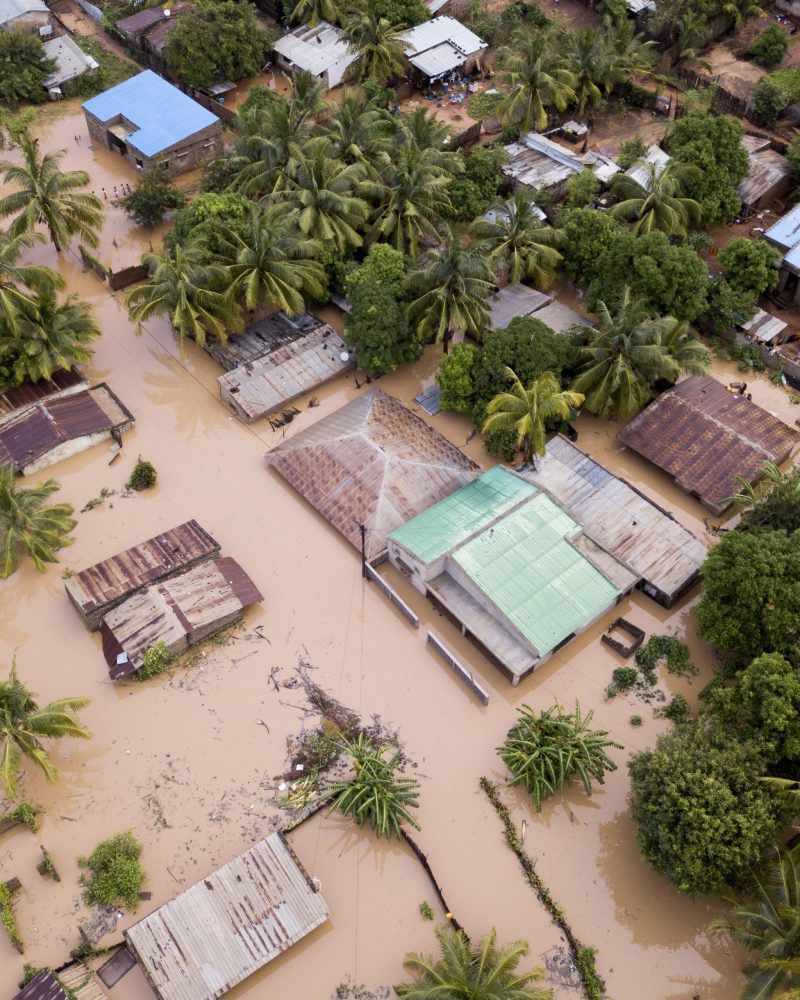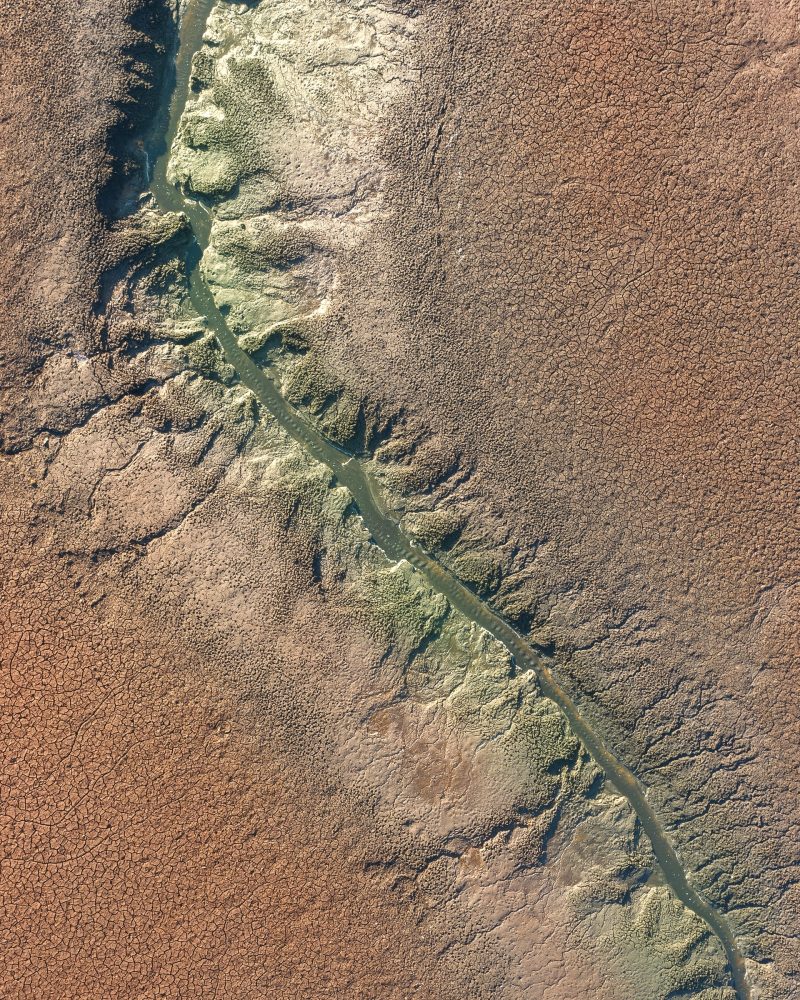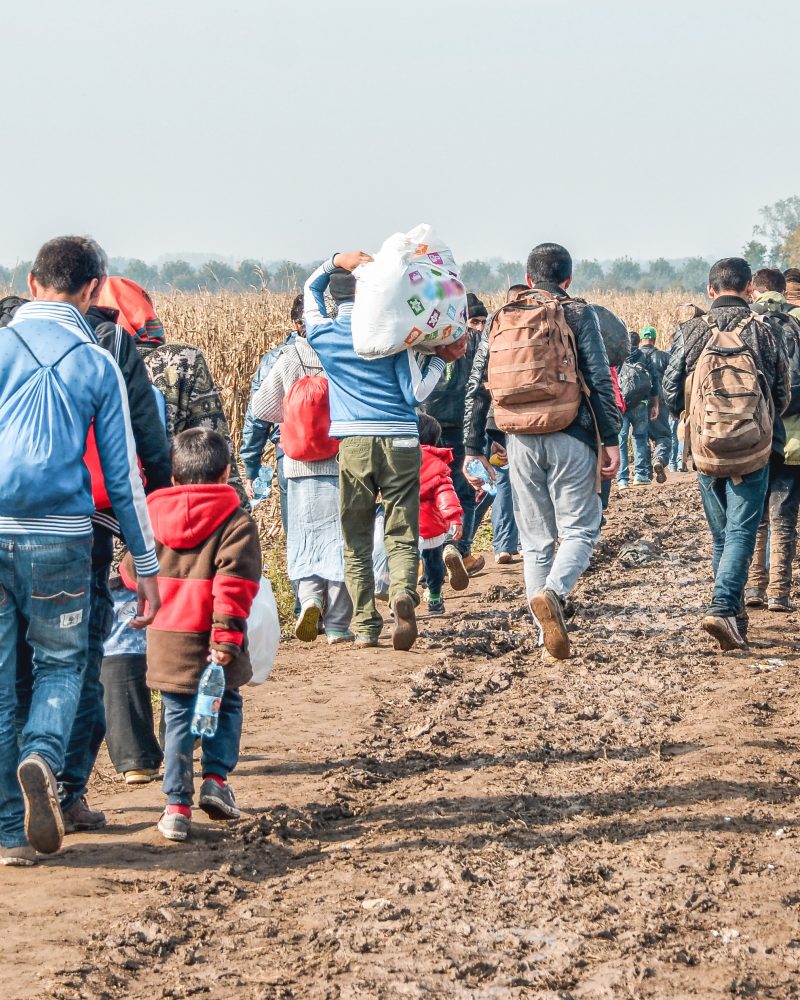Rising sea levels, more intense storms, larger wildfires and a lack of water are already rendering some areas of the planet all but uninhabitable. As climate change and its economic impacts become ever more pronounced, resources will become scarcer, and people will be forced to move in ever greater numbers – both factors which increase the risk of climate-driven conflict.
“Extreme weather events have in the past led to significant population displacement,” states the IPCC’s most recent report on the Human Security impacts of climate change, published in 2014. “Changes in the incidence of extreme events will amplify the challenges and risks of such displacement,” it continues. In Bangladesh, one of the lowest lying countries in the world, it’s estimated that natural disasters are already causing an average of 700,000 people to become internally displaced every year.
By 2050—in just three regions—climate change could force more than 143 million people to move within their countries.
IPCC Special report
Climate Change and Land, 2019
The IPCC’s 2014 Human Security report cites data which suggests that 22 percent of households in Bangladesh have been affected by tidal-surge floods, and 16 percent by riverbank erosion – rising sea levels, less consistent rainfalls and increasingly intense tropical cyclones look set to exacerbate both.
Other parts of the world are suffering for different reasons. The same report cites evidence which indicates that in the Sahel region, just south of the Sahara, pressure to migrate has significantly increased since the 1970s. Persistent droughts are identified as one of the key factors driving this change.
Climate change can make conflict more likely
“A growing body of research illuminates the role that changes in climate have had on violent conflict and social instability in the recent past,” writes Tamma Carleton, an Assistant Professor of Environmental Science at the University of California, in her 2016 paper Conflict in a Changing Climate.
There are two main reasons why the two increasingly appear to be linked. Firstly, competition for resources often lies at the heart of human conflict, and the economic damage caused by climate change can make resources scarcer. Second, climate change can force displaced populations to live with people they have little in common with, creating potentially combustible situations.
Extreme weather and climate or slow-onset events may lead to increased displacement, disrupted food chains, threatened livelihoods and contribute to exacerbated stresses for conflict.
IPCC Special report
Climate Change and Land, 2019
Are the links between climate, migration and conflict proven?
The link between disasters such as floods and droughts and short-term migration is incontrovertible, but proving a direct causal link between climatic conditions and something as complex and multi-faceted as war and conflict is more tricky. Yet there is compelling evidence to suggest that climate change has the potential to exacerbate many of the underlying causes of increased conflict – particularly civil wars within states.
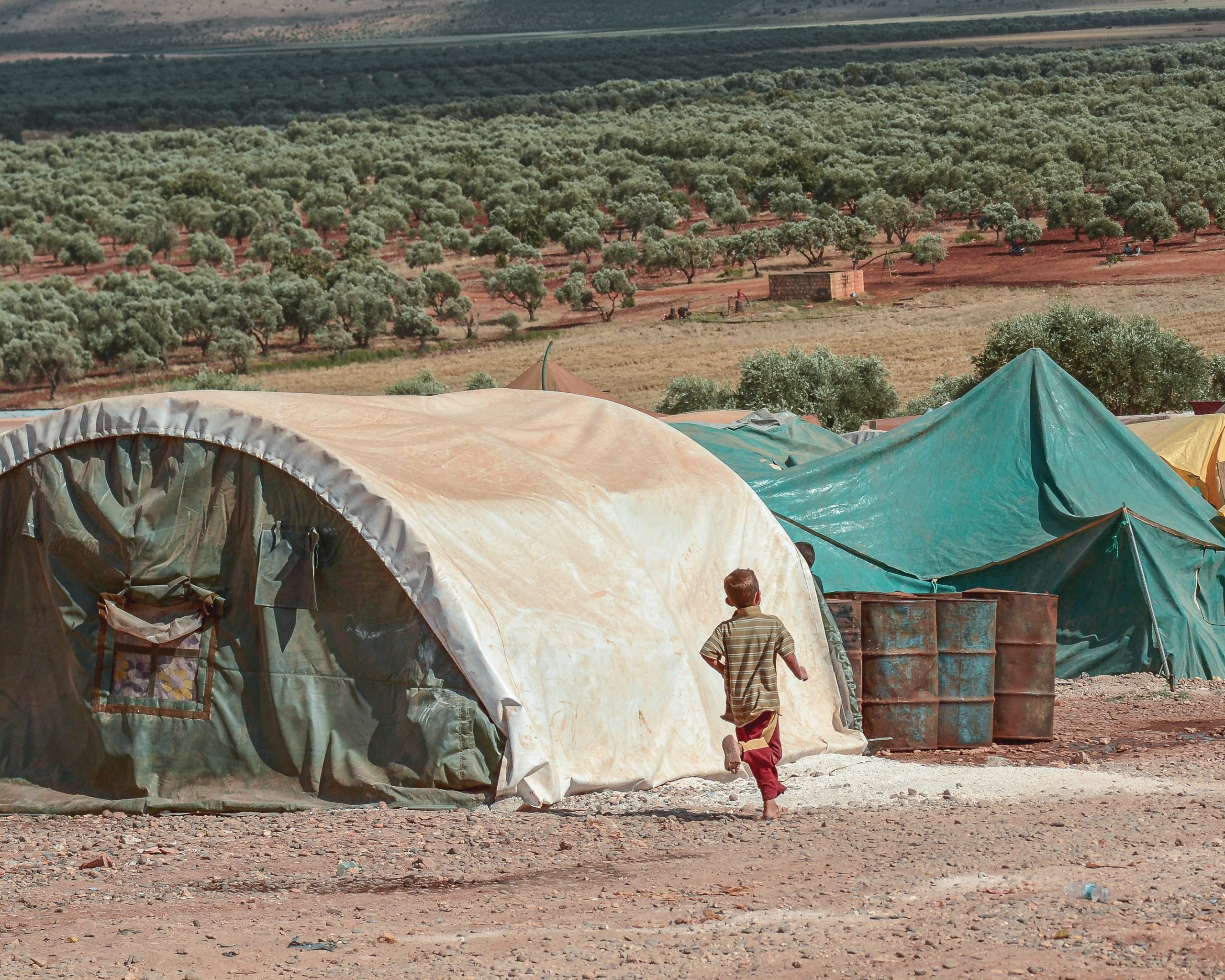
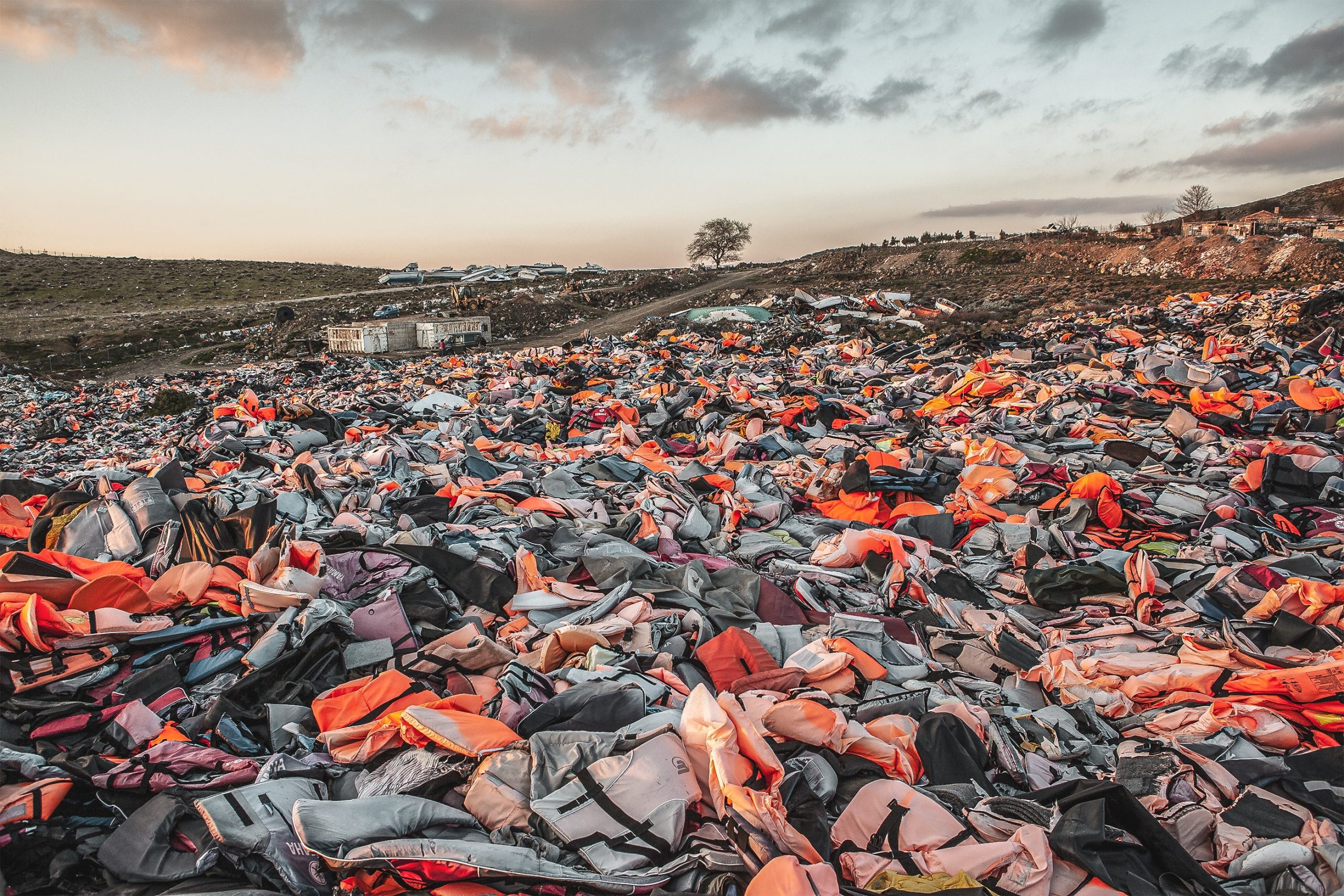
Thousands of refugees risk their lives each day to cross borders
Thousands of refugees risk their lives each day to cross borders
Evidence suggests that both the European refugee crisis, which peaked in 2015, and the growing numbers of migrants seeking to cross the southern border of the US by irregular means are linked to the climate crisis.
According to the World Bank’s landmark report Groundswell: Preparing for Internal Climate Migration, published in 2018, an estimated 143 million people are at risk of becoming internally displaced by climate change and its related impacts by 2050 in just three regions of the world – South Asia, Sub-Saharan Africa and South America.
For a country like Vietnam or Bangladesh, and even parts of China, we’re talking millions of people, maybe tens of millions of people being displaced by sea level rise.
Climate Scientist at Victoria University of Wellington
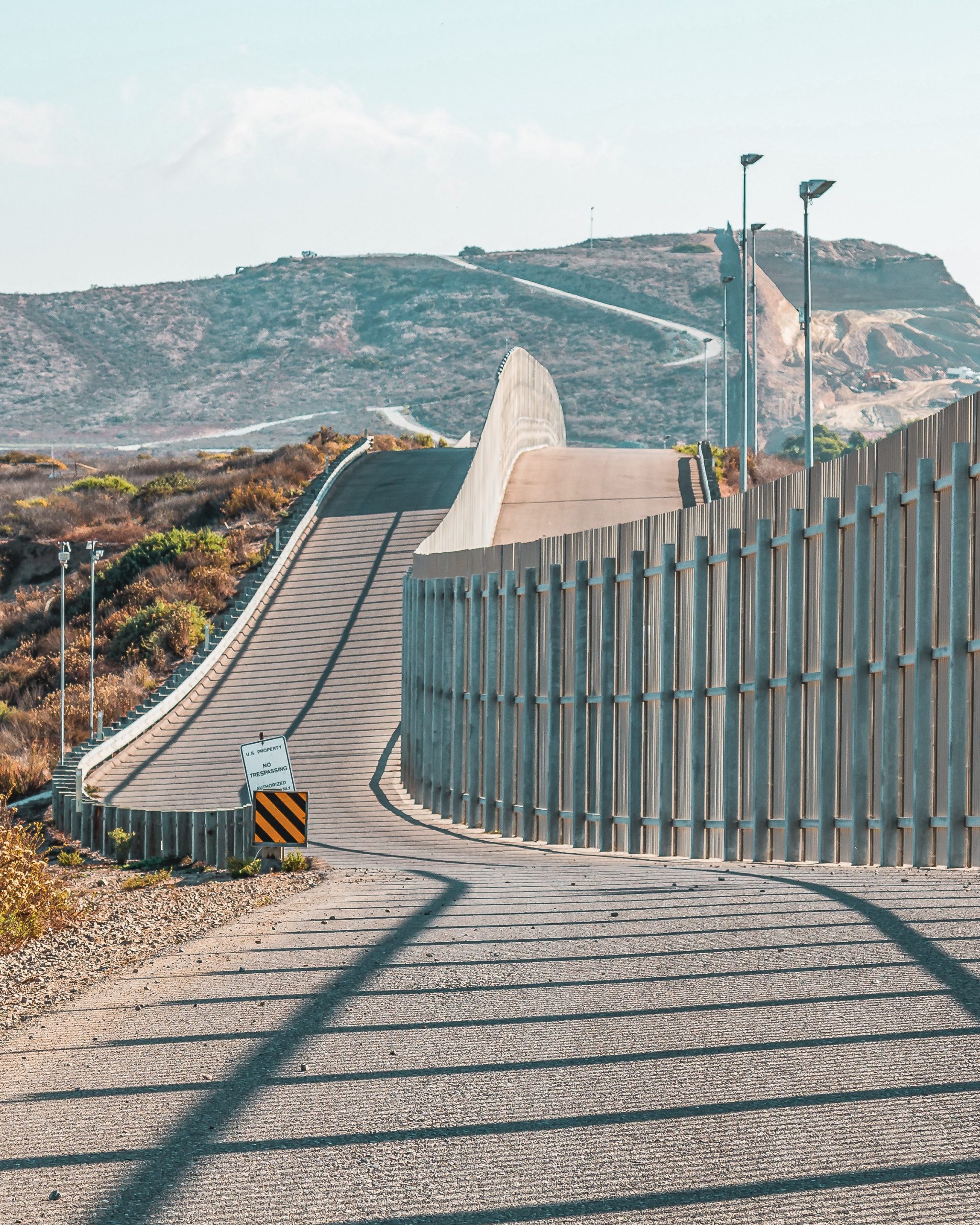
People in rich countries are at risk too
“The poorest people and the poorest countries [will be] the hardest hit,” the 2018 World Bank Report suggests. But climate refugees aren’t just people from the global south trying to reach wealthier countries. The 2014 IPCC report into Human Security cites studies showing that sea level rise has already forced populations from Maryland and Alaska to become internally displaced within the United States – the richest country in the world.
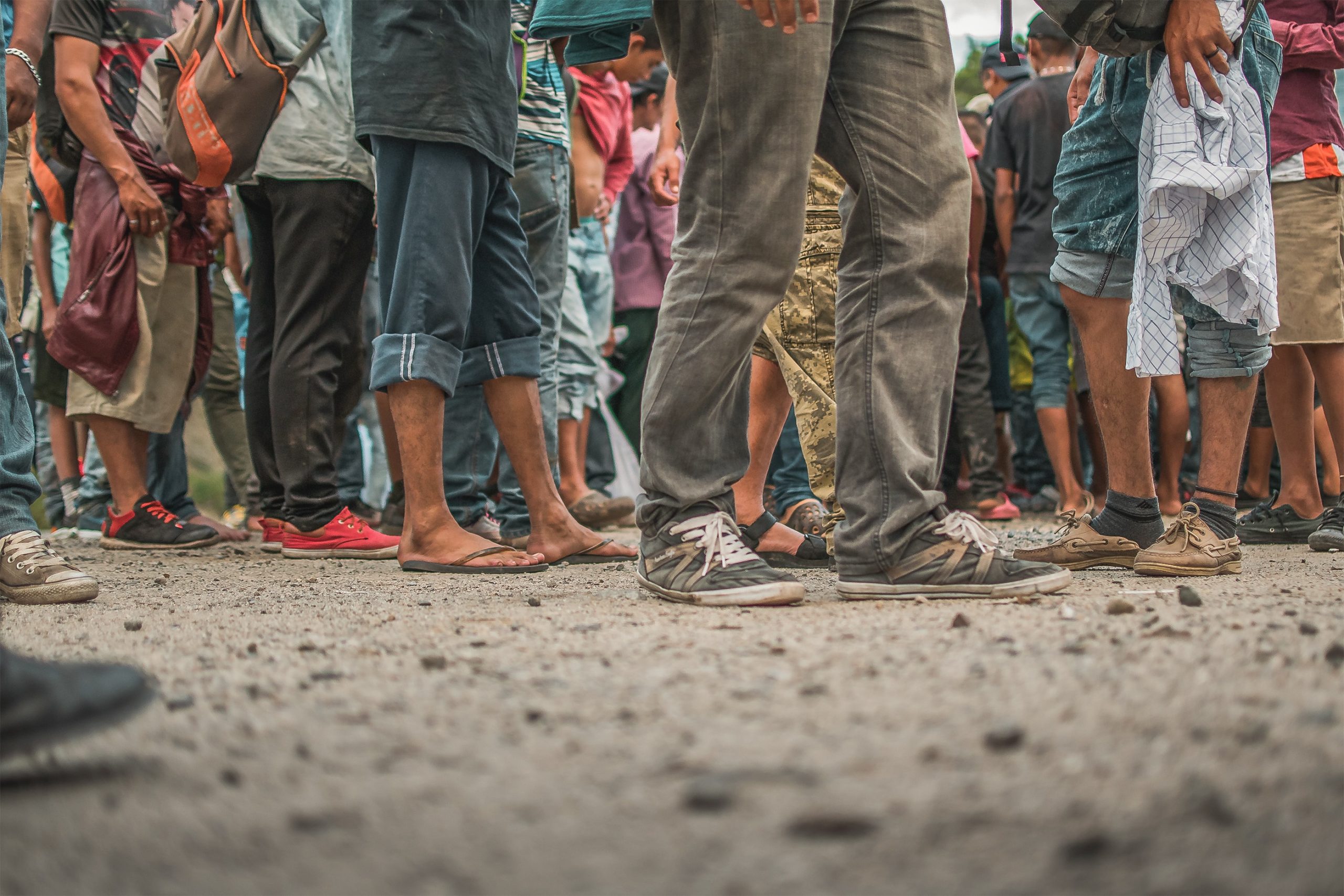
Climate change will force millions to move, and exacerbate many of the causes of conflict
Climate change will force millions to move, and exacerbate many of the causes of conflict
